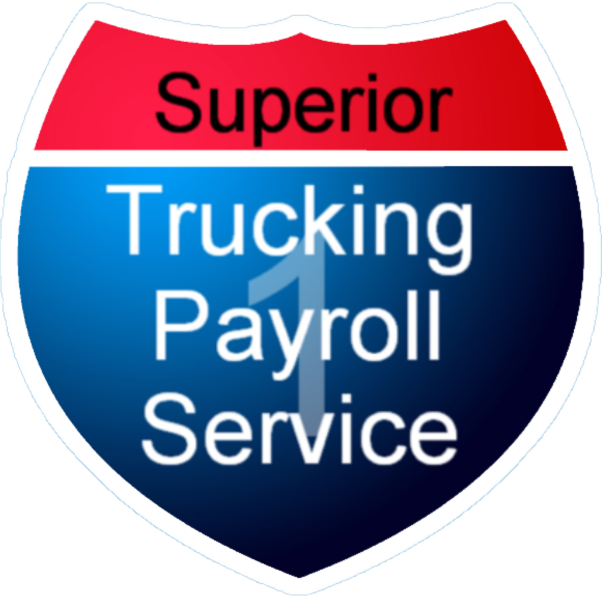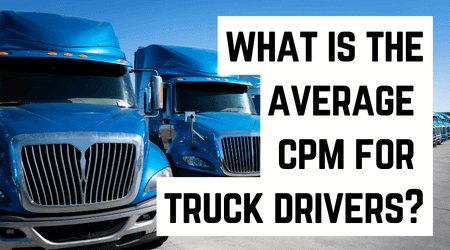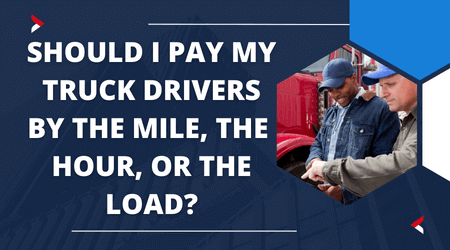Ways We Look Out for Your Business From operating accounts...
Read MoreThe trucking industry is the backbone of commerce, transporting goods across vast distances. Behind the scenes of these long-haul journeys lies the intricate process of calculating pay for truck drivers. Pay in the trucking industry isn’t as straightforward as a traditional hourly wage. Instead, it’s a dynamic equation that factors in various elements, ensuring drivers are fairly compensated for their dedication and hard work. In this article, we’ll explore the diverse methods by which pay is calculated in the trucking industry and shed light on the factors that contribute to a driver’s earnings.
Pay Per Mile:
This model, sometimes known as CPM, or cents per mile, is the most widely utilized one in the trucking industry. A driver is compensated according to the number of miles driven, as implied by the term. The cost per mile varies depending on the company and the type of goods.
A corporation can calculate mileage pay in a few different ways.
1. Practical Mileage:
Practical mileage calculates the distance between zip codes, representing the shortest and most efficient route between pick-up and delivery points. This method helps standardize mileage calculations for various routes.
2. Household Goods Mileage (HHG):
3. Actual Miles:
Actual miles, as the name suggests, represent the exact distance covered by the truck. This method provides the most accurate measure of the journey but can also be influenced by detours, road closures, and other unexpected factors.
4. Sliding Mileage Scale Pay:
Sliding mileage scale pay is a dynamic approach where drivers receive higher pay rates for longer distances. This method rewards drivers for covering more miles, providing an incentive for tackling extended routes.
How is CPM calculated?
It is easy to determine CPM. Depending on the employer, drivers receive weekly or biweekly pay based on the distance they have logged. You can keep track of your mileage in a log book or just remove it from the odometer.
The total mileage multiplied by the per-mile rate would be the standard formula for determining your pay. For instance, if you go 1,000 miles in a week at $0.75 a mile, you will earn $750 for the week. If you received $0.50 for each mile, you would earn $500. You’ll typically be required to drive every day for a number of hours, so your weekly mileage may be closer to 2,000 or 3,000 miles. At that rate, you would receive $1,500 per mile for 2,000 miles or $2,250 for 3,000 miles at $0.75.
Hourly Pay:
Hourly pay offers truck drivers a consistent income based on the hours they work, encompassing not only driving but also various job-related tasks like loading, unloading, and paperwork. Unlike pay per mile, hourly pay acknowledges the diverse responsibilities drivers handle both on and off the road, providing stability and predictable earnings. This method is especially common for local or regional drivers with shorter routes and additional duties, ensuring fair compensation for all their efforts.
Pay Per Load:
Pay Per Load is the least prevalent form of base pay, primarily found in industries such as agriculture, oil, gas, and local delivery. Under this arrangement, drivers receive a fixed rate for each load they deliver. Compensation is linked to the number of loads transported rather than the hours or miles covered, meaning that drivers who handle multiple loads earn proportionately more.
Salary:
Truck driving jobs with salaries provide stable income. Income for drivers is not based on the precise number of miles or hours worked. Instead, a flat rate is decided upon at the beginning of the employment contract, and drivers will always be paid that exact amount. Salaried drivers frequently get paid once every week.
Additional Truck Driver Pay:
Per diem pay is a unique method where drivers receive a daily allowance to cover meals and incidental expenses while on the road. This approach recognizes the extra costs drivers incur while away from home and helps offset these expenses.
Detention and Stop Pay:
Detention pay and stop pay are essential components of compensation for truck drivers. Detention pay compensates drivers for the time spent waiting at docks or facilities during loading or unloading, acknowledging the delays they experience beyond their control. On the other hand, stop pay covers the compensation drivers receive for each stop they make during a journey, accounting for the additional effort and time required for each delivery point. These elements recognize the challenges drivers face in navigating various stops and potential delays, ensuring they are fairly compensated for their time and effort beyond simply covering miles on the road.
Bottom Line:
Trucking pay is a complex world that values driver dedication. Methods like Pay Per Mile, Hourly Pay, Salary, and Pay Per Load address trucking’s diverse tasks. From practical to sliding scale pay, each adapts to the industry intricacies. Hourly Pay offers stability, Salary provides a fixed rate, Per Diem considers expenses, and Detention/Stop Pay acknowledges waits and extra stops. The industry truly honors drivers through its intricate compensation methods.
Before founding Superior Trucking Payroll Service, Mike was the CFO of a trucking company with 80 trucks and a thriving brokerage. This experience gave him the perspective that a payroll solution has to make the lives of the office people better. All the solutions he has designed are to benefit everyone. Our company mission is to help trucking families and that includes the company owners, the drivers, and the office.
Contact Us!
Driver Retention Tips
One of the biggest problems for businesses in the world...
Read MoreHow to Avoid Payroll Errors and Penalties in the Trucking Industry
Are you tired of dealing with payroll issues in the...
Read MoreWhy Was No Income Tax Taken Out of my Paycheck?
Why Was No Income Tax Taken Out of my Paycheck?...
Read MoreUnderstanding Supplemental Payroll Fees: What They Are and Why They Matter
Are you a business owner trying to understand the complexities...
Read More





